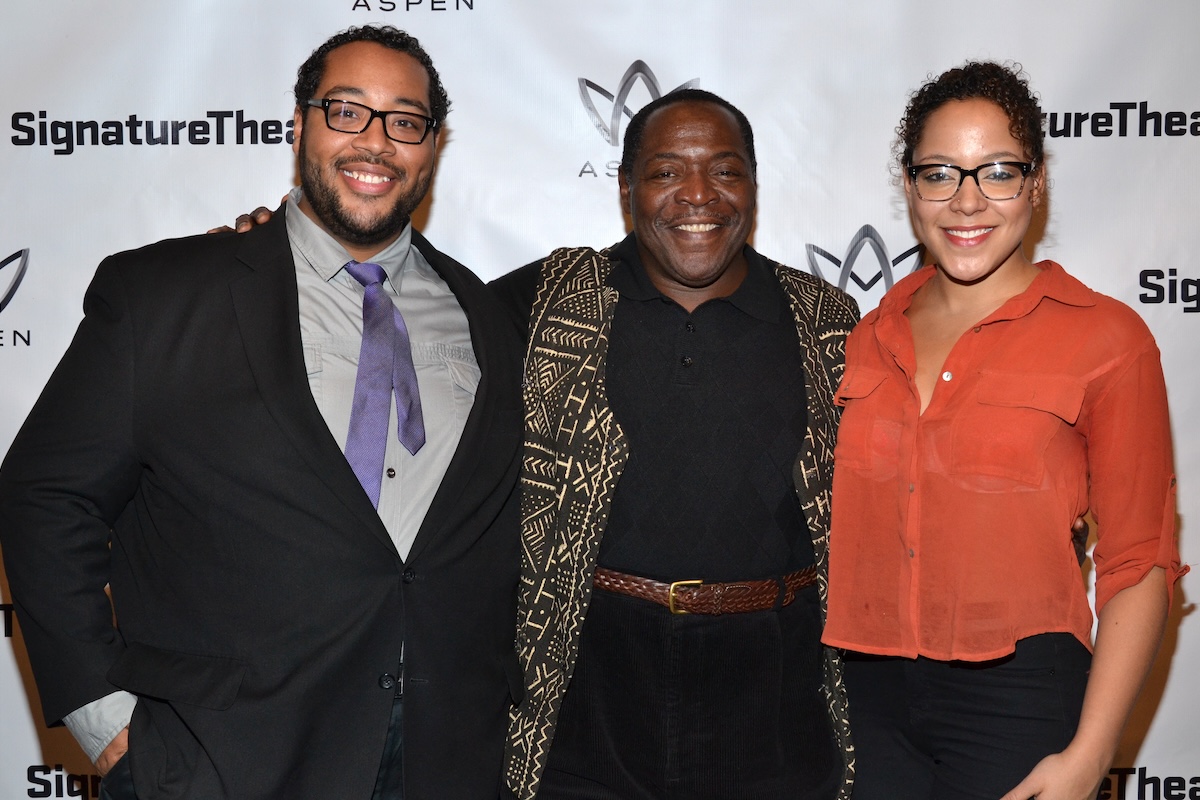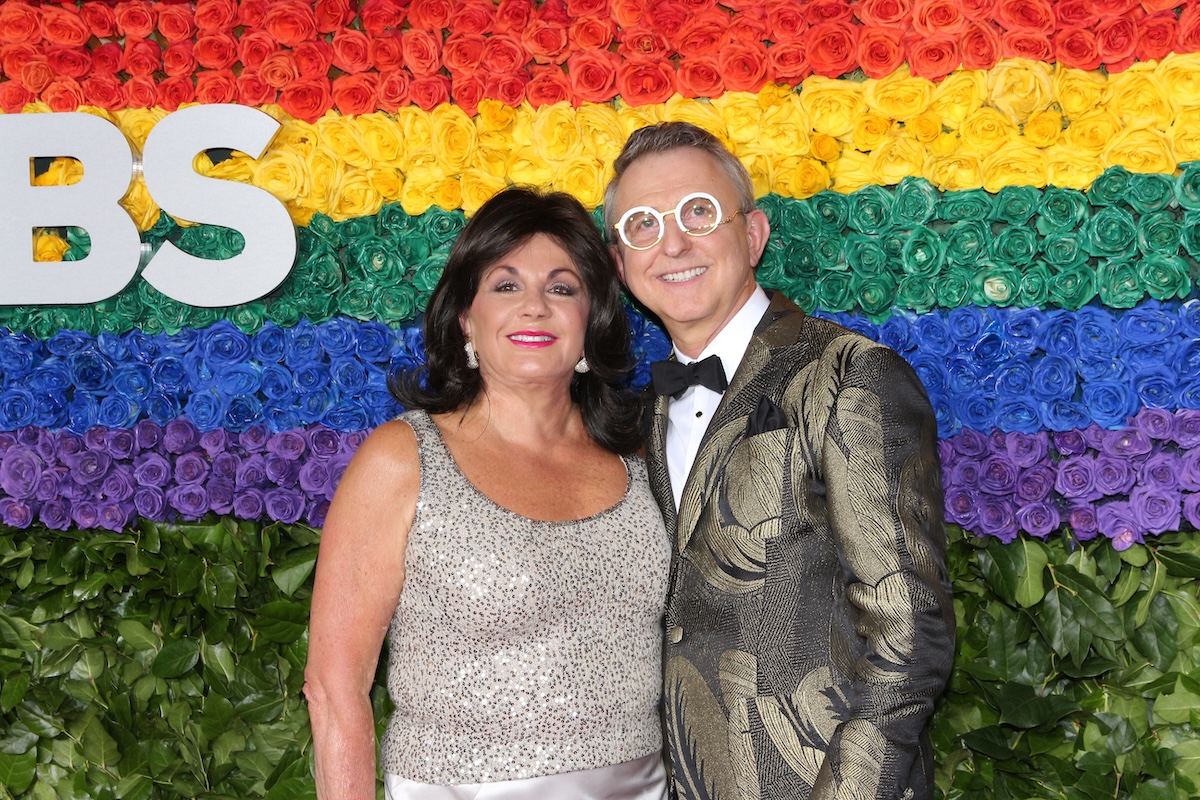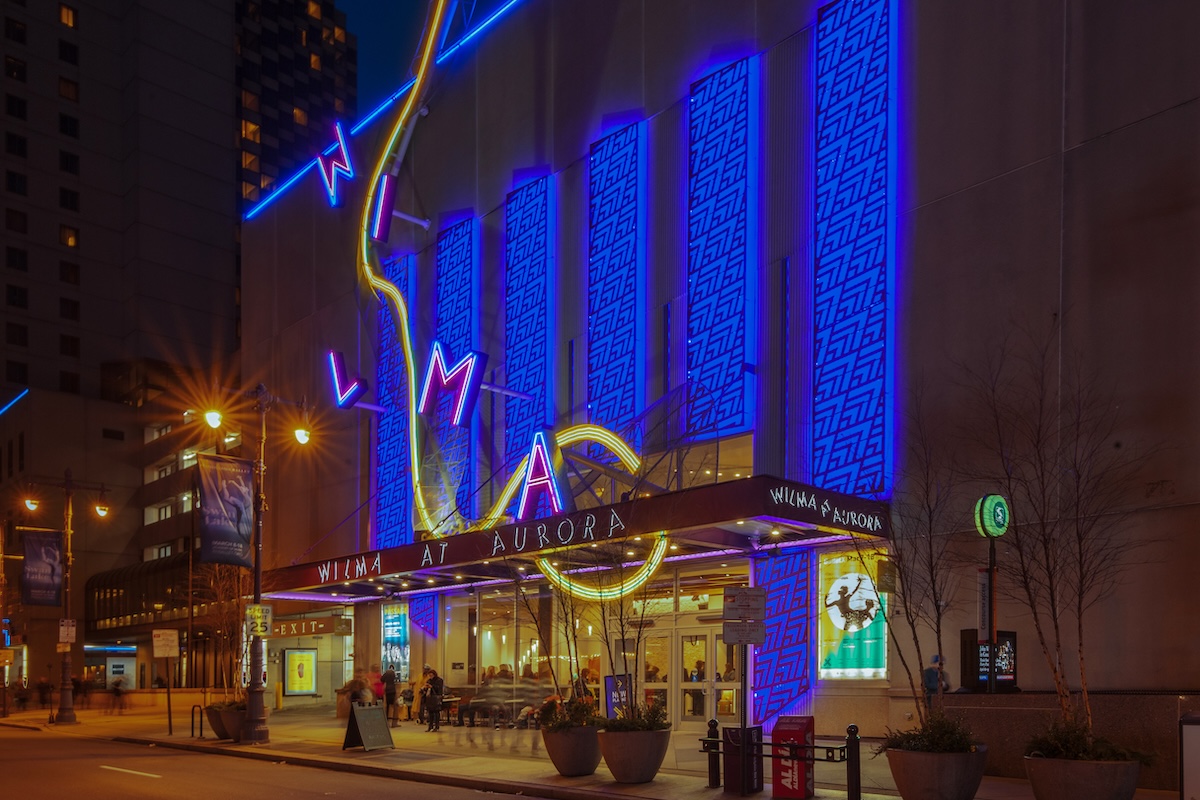The Glass House

(© Jon Kandel)
When tackling the life and work of a creative genius, most playwrights choose to paint portraits of misunderstood saviors, deluded madmen, or monstres sacre. But June Finfer takes a more considered — and ultimately more welcome — approach to the German-born architect Ludwig Mies van der Rohe in her ambitious new play,
The Glass House, now being presented by the Resonance Ensemble at the Clurman Theatre.
Moreover, the multidimensionality that Finfer has put on the page is augmented by director Evan Bergman’s guidance of the performance of Harris Yulin, who brings an excellently calibrated mix of egoism and humanity to van der Rohe, who had to rebuild his highly successful career in America after fleeing Europe during World War II. His sense of superiority, albeit well-earned, often caused him to flaunt the rules of personal and professional society, a trait Yulin never shies away from showing. But there’s a courtliness to the actor’s portrayal, as well, that makes van der Rohe more likeable than he might have been in other, coarser hands.
The play focuses on the period right after World War II during which van der Rohe built one of his most towering achievements, the Farnsworth House, a home made of steel and glass in Plano, Illinois. It is commissioned by the prominent Chicago physician Edith Farnsworth (Janet Zarish, always watchable), who becomes client, acolyte, lover, collaborator, frustrated client, spurned lover, and bitter enemy all within a few years.
One senses that Finfer is particularly interested in exploring the pair’s dynamic as architect-and-client, as Edith deals with the realization that Mies is more interested in the purity of his vision than the practicality of satisfying Edith’s needs for a weekend home. Unfortunately, what audiences are more likely to remember is the scene where Edith learns from Mies’ former lover Lora (Gina Nagy Burns) that he still has a family back in Europe, or the moment when Edith, who is far more conventional than she first appears, discovers that Mies has been unfaithful with another woman.
Somewhat more problematically, the Mies-Edith dynamic completely overshadows the more interesting and ultimately more complex realtionship in the play, between van der Rohe and the somewhat younger critic-turned-architect Philip Johnson (David Bishins, who captures the man’s waspishness perfectly while lacking a bit in needed charm). Johnson may be van der Rohe’ s champion, but he also uses him blatantly to augment his own fame. In fact, he manages to complete his own glass house first — a betrayal van der Rohe takes in what some may find to be somewhat surprising stride.
Resonance certainly deserves acclaim for not only taking on the work, but attempting a solid physical production. Nevertheless, scenic designer Jo Winarski can’t really solve the problem of elegantly creating eight separate locations — a choice Finfer might want to reconsider for future productions — in this tiny space, and Daniel Heffernan’s projections only accomplish a fraction of what they really need to for audiences to truly grasp the brilliance of van der Rohe’s work.
While the company is presenting The Glass House in repertory with Ibsen’s The Master Builder, the landmark work about another (albeit fictional) architect, an even more appropriate companion piece is John Logan’s Broadway drama Red, which focuses on the artist Mark Rothko during the period of his collaboration with van der Rohe and Johnson on the Seagram’s Building in 1958. Genius comes in many forms.










